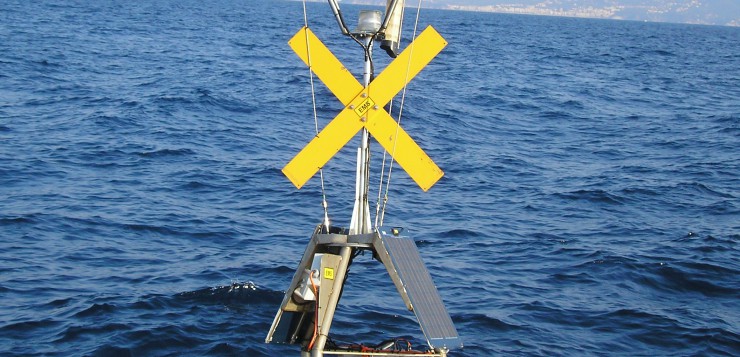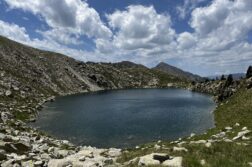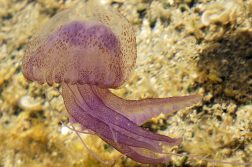A team made up of researchers from the Spanish Institute of Oceanography (IEO-CSIC), Institute of Marine Sciences (ICM-CSIC), Center for Advanced Studies of Blanes (CEAB-CSIC) and the Massachusetts Institute of Technology (MIT/EAPS) carried out a detailed study that analyzes how environmental factors govern seasonal patterns of phytoplankton community diversity and composition during 12 years of observations collected in Blanes Bay.
The study, recently published in the journal Progress in Oceanography, shows how competitive interactions in the food web, influenced by changes in environmental factors, govern the seasonality and composition of phytoplankton communities, giving rise to predictable patterns that are they repeat every year.
This finding has allowed the scientific team to validate an ecological theory that was still the subject of debate among scientists: the niche theory. This theory predicts that each species will dominate the community in certain environmental conditions, due to physiological differences, so the spatio-temporal distribution of phytoplankton biomass will be determined by how the environment affects the competitive interactions of the different groups that make up the total community.
“Our results suggest that, by occupying different environmental niches, phytoplankton groups can play various functional roles in the ecosystem and their response to environmental changes can be predicted using mathematical models based on niche theory“, explains Sergio Vallina. , senior scientist at the Gijón Oceanographic Center (IEO-CSIC).
In particular, the study analyzes the seasonal dynamics of eight of the main groups of marine phytoplankton (dinoflagellates, diatoms, coccolithophorids, prochlorococci, synechococci, picoeukaryotes, nanoeukaryotes and photosynthetic nanoflagellates) and of three main environmental variables (nutrient concentration, water temperature, and solar radiation), as well as the total primary production of the community.
– Reference: Sergio M. Vallina, Charlie Gaborit, Cèlia Marrase, Josep M. Gasol, Nixon Bahamon, Michael J. Follows, Guillaume Le Gland, Pedro Cermeno, 2023. , NW Mediterranean Sea. Progress in Oceanography, 219. https://doi.org/10.1016/j.pocean.2023.103125
– News source: Instituto Español de Oceanografía




